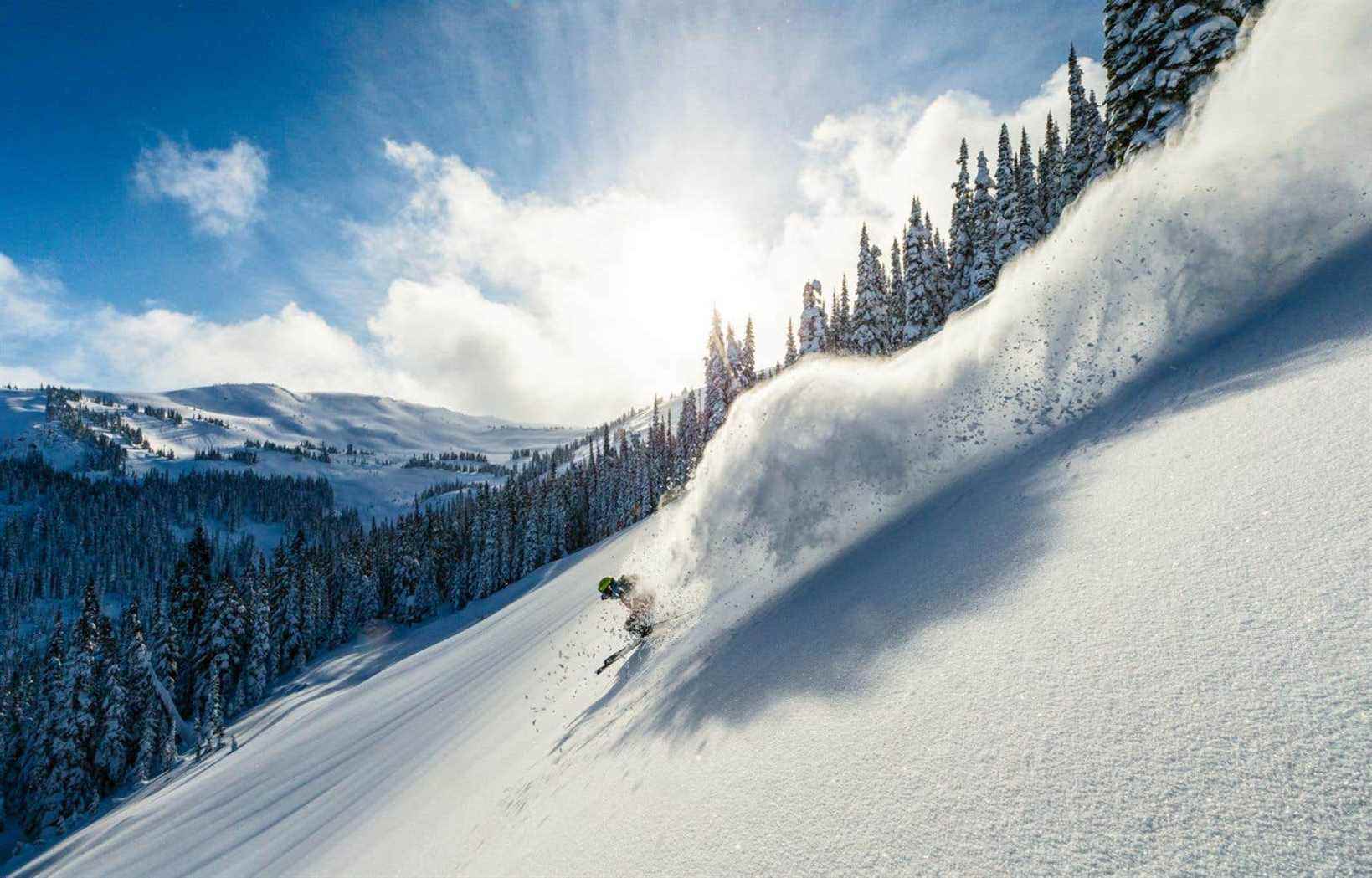This text is part of the special book Plaisirs
All it took was this good reputation and a few images to convince ski instructor Marc Alfaro to swap his native Spain for the hamlet of Creekside, Whistler’s first base, founded in 1966.
“I had seen the destination in a film and instantly it ended up on my bucket list he says.
And for good reason ! Super bowls which fill with powder. Glaciers. Two peaks joined by the cable car with the longest free span in the world (and the highest of its kind). Thrilling gliding on 260 trails or downright off-trail — not to mention the heliskiing option. For skiers and snowboarders of all skill levels, the largest ski area on the continent (8171 acres) is a real paradise.
“And it’s also an Olympic training center for Canadian athletes: Mark McMorris trained here just before leaving for Beijing,” said Tom Dukeson, communications manager for Vail Resorts, which owns the resort. snowboarder won the bronze medal there in freestyle descent.)
A hiss of admiration, with that? It would be appropriate, since Mount Whistler, did you know, is named in honor of its hissing marmots!
The Olympic legacy
The legacy of the Vancouver 2010 Olympic Winter Games is extensive in the region (and could be used for the 2030 Games if the city were to bid, a possibility currently being explored).
In the Callaghan Valley, the Olympic Park, created for cross-country skiing, ski jumping and biathlon events, makes its hundred kilometers of trails available to snowshoers and skiers, who can also be introduced to it at biathlon.
In Whistler itself, at the sliding centre, it is possible to board a bobsleigh in the company of a pilot if you feel like it. The Olympic Square, site of the medal ceremony, is a commemorative place where you can skate. As for the fabulous home of Aboriginal culture that is the Squamish Lil’wat Cultural Centre, it too was created for the Games.
“These investments have helped make Whistler the world-class four-season destination it is today,” said Tanya Sear of Tourism Whistler. They have enhanced its tourist offer and its international appeal. Result: from 2011 to 2019, the number of visitors increased by 29%.
The evolution of a village
At the renowned Bearfoot Bistro, the menu has been “refined” in particular to satisfy foreign customers made up of Australians, English and Mexicans, notes the person who oversees the marketing of the place, Quebecer Marc Des Rosiers. “We also created memorable experiences like popping champagne in a wine cellar with 15,000 bottles and tasting vodka and caviar in an ice bar! »
In 2016, the acquisition of the ski center by Vail Resorts was also a game-changer. The American company operates 37 stations in Canada, the United States and Australia. It is also a partner of 15 Canadian stations (including Mont-Saint-Anne and Stoneham, in Quebec), American, European and Japanese. This season, she sold 2.1 million of her Epic Pass. This allows you to ski at will in its 37 resorts and provides variable access in the 15 others.
It is therefore easy to imagine the traffic it brings to the ski resorts. Todd Williamson, the founder of Black Tie Rentals, a company that rents and delivers the boarding equipment it needs to its customers — including Victoria “Posh Spice” Beckham — can testify to this: “Yes , it’s very good for business! »
Entertainment and art
“The shops, the restaurants, the bars… Of course, Whistler has grown since my arrival 15 years ago, but we are not yet at Disney”, says Marc Alfaro. Despite its commercial development, the pedestrian village is charming. Its buildings bear the vaguely European stamp of Intrawest, the station’s former owner. And one of Whistler’s first hotels is still in operation: founded by Canadian Olympian Nancy Greene, it is now known as Crystal Lodge.
On the slopes too, the offer has developed: the two mountains have a dozen bars and restaurants, including the gourmet Christine’s on Blackcomb.
But “Whistler is not just a ski resort: it’s also a community that is interested in art and where culture is alive,” notes Justine Nichol, director of marketing for the Audain Art Museum. It is the least that can be said in view of the extraordinary museum it represents, which celebrates British Columbian artists of the late 19th century.and century to the present day. For the record, collectors Michael Audain and Yoshiko Karasawa created the Jean Paul Riopelle Foundation and are behind, through a donation, an exhibition on Paul-Émile Borduas currently on view at the National Museum of Fine Arts. arts of Quebec, in Quebec.
Rich in a large collection of works by Emily Carr and First Nations artists, this museum also deserves a whistle of admiration!
Journalist Carolyne Parent was a guest at Vail Resorts.
